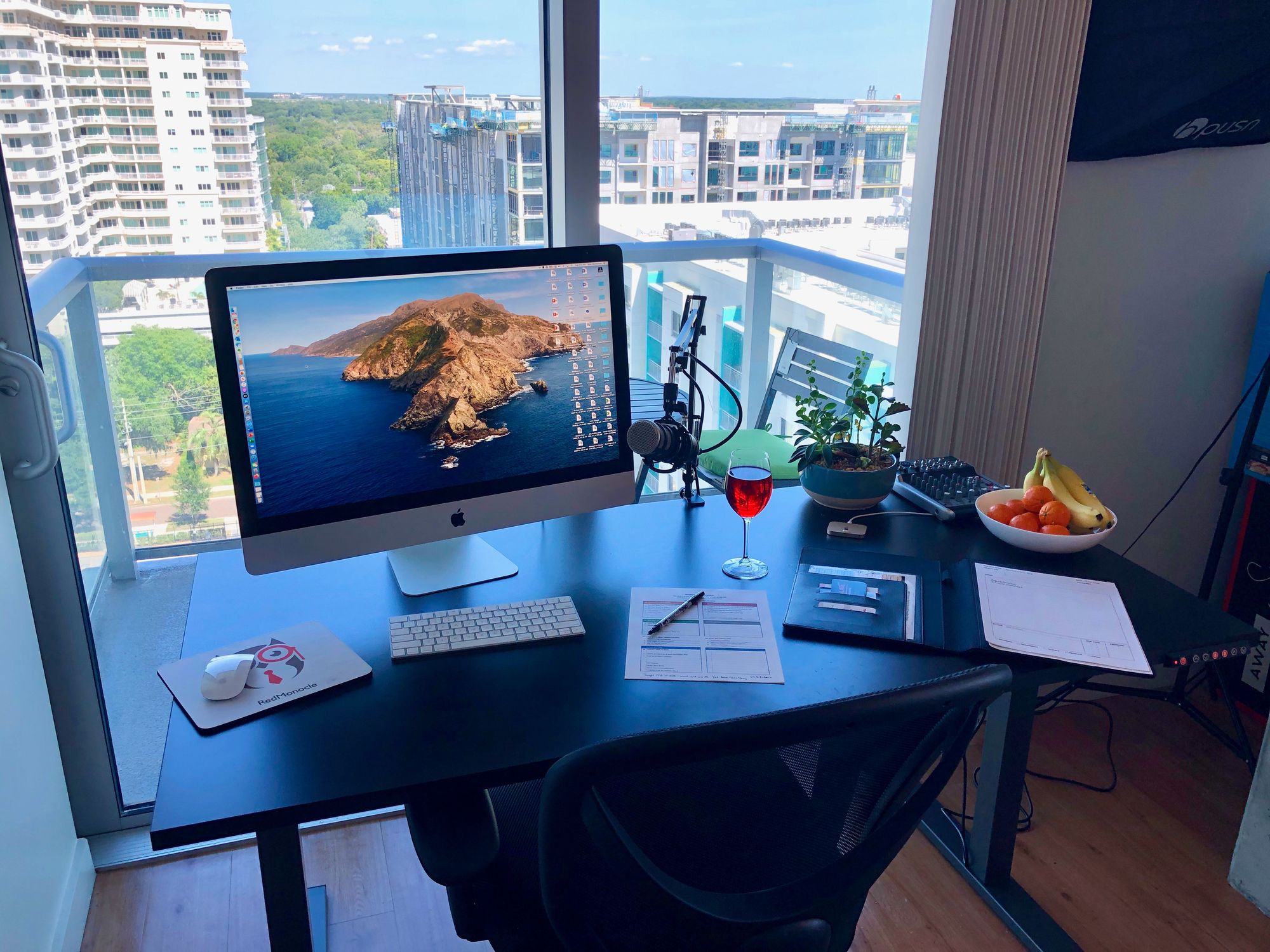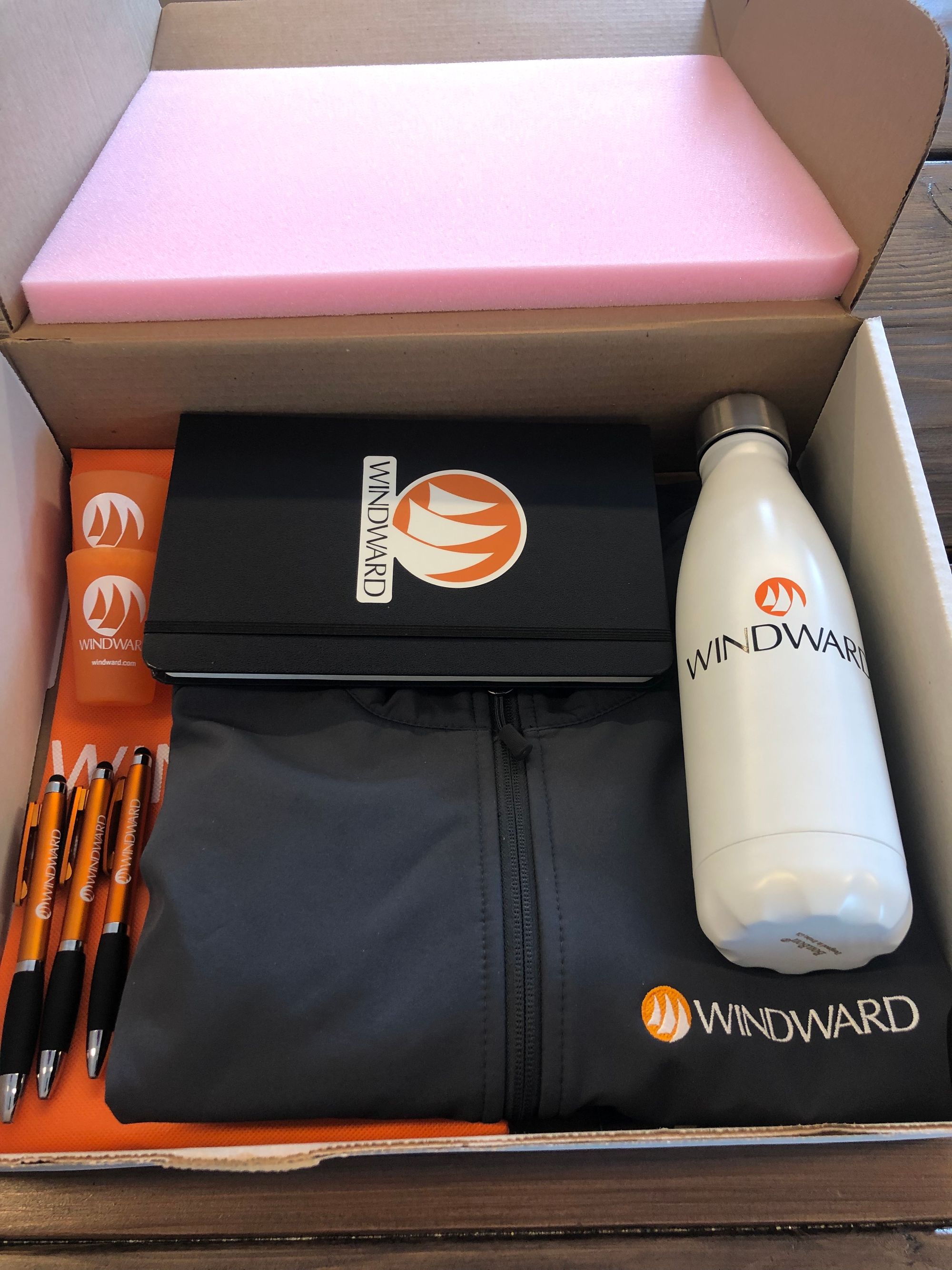Are We Ever Going Back to the Office?

One of my personal drivers is the camaraderie of working as a team. I love achieving big goals together. I enjoy the bonds that are built and connecting with other people. Ever since my days in the Boy Scouts, being part of a team has been very important to me. Conversely, over the past 20 years, I have flown more than two million miles, stayed almost 1,000 hotel nights, and have spent a lot of time alone on the road. That road-warrior lifestyle is one of the reasons having an office to go to has been so important to me. To be back with my team, connected, and feeling part of something bigger than myself. I never liked working from home, because I found too many distractions. Noisy kids, a bill sitting on the corner of my desk, or even the internet would sidetrack me. I get distracted by shiny objects, so being surrounded by distractions was just too much. The office was my refuge and a source of energy that I get from working with others around me. If needed, I could close the office door and focus, as well as go to lunch with teammates or join them for a happy hour
THEN COVID-19 CAME AND CHANGED EVERYTHING
The sanctuary that I have known for 20 years was taken away. I have not been on a plane in 60 days. That’s never happened, even when I was semi-retired for three months after I sold my last company. I can’t meet with clients face-to-face, one of my favorite parts of my job. And I am working at home 100% of the time. I have gone months, not meeting with my staff face to face. And, as with everyone else, my entire job is performed over Zoom or Google Meet. I can no longer go to coffee shops to work, where I somehow got some of my best, most focused work done. My work and personal worlds have collided. My refuge is gone.
When I realized we would be working remotely longer than originally anticipated, I decided quickly to implement routines, which I wrote about in Five Actions to Make Working from Home Successful while Sheltering in Place. I wake up every day at sunrise, make my bed, take a shower, do 15 minutes of yoga, and focus for 90 minutes on a creative session. I rebuilt my entire podcasting studio in my apartment. I did a purge of my working area, installed a whiteboard, and created a workspace to try to create boundaries. I time block my day and try to stop around 6 p.m., hit a Peloton ride (follow me @SeanyMacDC), and relax. I also shifted ALL communications to video. I no longer do voice calls, I only use Zoom, Google Meet, or Slack video.
A SURPRISING THING IS HAPPENING
First, 60 days into this self-quarantine, I actually feel as connected to my staff as ever. Moving exclusively to video interaction has been a game-changer, that never would have happened without this pandemic. One-on-one video conferencing and group meetings are the norm. Everyone is doing it. Video has become the quintessential “new normal.”
Second, I have realized I don’t miss airports, planes, and taxis. Business travel has been such an integral part of my life for the last 25 years, that it just felt like commuting to me. I felt at home in airport lounges. But, I am relishing this time off the road. I know I will be back on the road at some point because I actually love to travel. But the break has been refreshing.
Third, I feel so much more efficient. I’m getting more things done and am more focused. My routines have helped me tremendously, but just having more time and managing my distractions at home has opened up creative lanes for me that I haven’t felt for years. Certainly, I still struggle to focus, but I have much more control over my environment.
Finally, I am embracing flexibility, as well as the blend of my work and personal worlds. I have given myself a break to do personal things during the day, sometimes as a break from work. After a particularly intensive meeting, I might take five minutes to unload the dishwasher. This gives me a break and checks off an errand for later. Win-win!
HOW MY COMPANY CULTURE IS CHANGING
Like most companies, we are planning to reopen our offices. This is a great time to learn lessons from our current disruption and explore pivoting our work culture in a positive way. To assist in this planning, we issued a survey so we can incorporate employee feedback into our plan. With more than 100 responses, this is what we found:
- 83% of our staff generally enjoy working from home
- 2 days per week is the average number of days our staff wants to be in the office (Twitter announced that employees can work from home “forever”)
- 77% of our staff are not feeling affected by distractions, workspace environment, or resource constraints working from home
- 89% feel more efficient
- 91% appreciate the flexibility
- 91% enjoy the reduced commute (not surprising!)
- 22% of our staff miss the socialization of the office and 15% feel less connected
Surprisingly, we thought that our staff would complain more about distractions, workplace environment, and lack of resources, but they have not. Some are working in small apartments with roommates or set up on their kitchen tables, while others lack printers or other equipment. Others have very elaborate setups with multiple monitors, as you can see from our recent gallery of home offices. Filling some of these gaps is not hard. We authorized staff to request and directly purchase anything they need, such as new personal printers or to take anything from the office that they need. One person took our postal meter. We transitioned our on-boarding to virtual and now send our welcome packages to their house (see below).
Clearly our staff sees a ton of benefits working from home. One can’t ignore that almost 90% of the time our staff feels more efficient, flexible, and appreciates the time gained from eliminating a commute.
SO, ARE WE GOING BACK TO OUR OFFICE?
The short answer is yes. But only because we have a signed, multi-year lease that we can’t break. If we didn’t have this financial obligation, we might consider not going back to the office and adapting 100% of our companies to a remote working environment. Our staff wants to remote work at least 60% of the week and feels there are strong benefits to this model but desire more connectivity to their team and leadership. Currently, we spend about 1.25% of our topline revenue on rent. Ideally, we would move the needle more towards remote working and reallocate some of these rent funds to socialization programs.
One important note is that while our survey only addresses remote work from the staff perspective, we need to understand if their feelings match the real results of high-quality work products, daily client engagement, and responsiveness that are critical to our success.
Clearly, the winds have shifted with the COVID-19 pandemic, and this HINGE event has changed the Future of Work. The world is in the midst of a radical change. Perhaps we should all step back and decide what we want our future to look like, and how to build more effective workforces while giving employees a greater voice in how they provide value to our companies.
What about you, are you going back to your office? Leave some comments below ...
If you want a copy of the survey to gain feedback from your own staff, follow me on Twitter @wheelsupworld and direct message me.
Wheels Up!
Sean
